Register your service
Blog
Contact us
About us

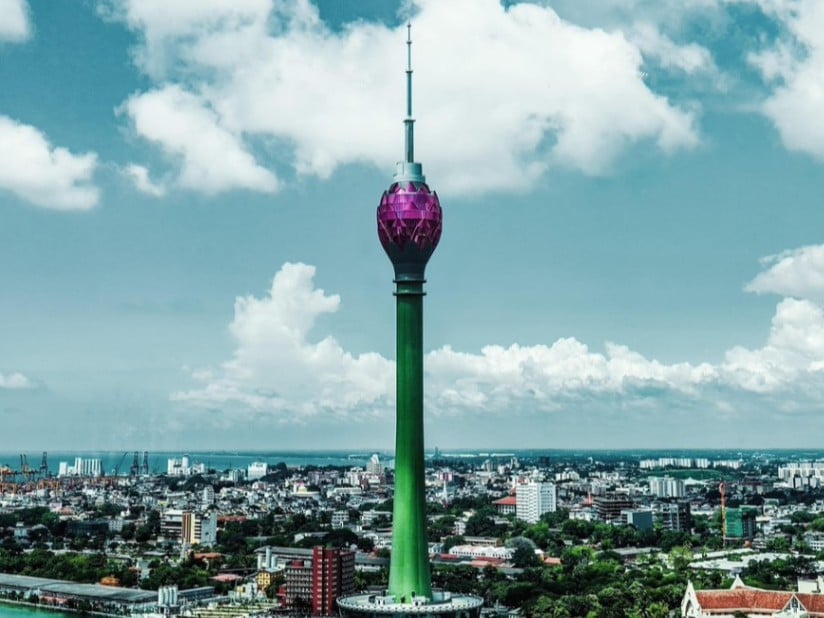
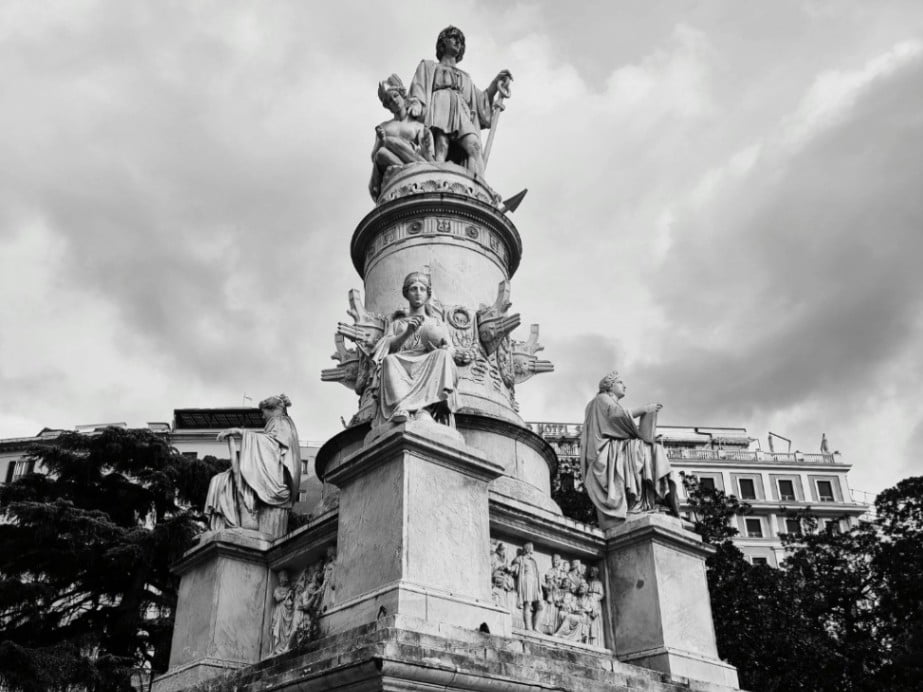
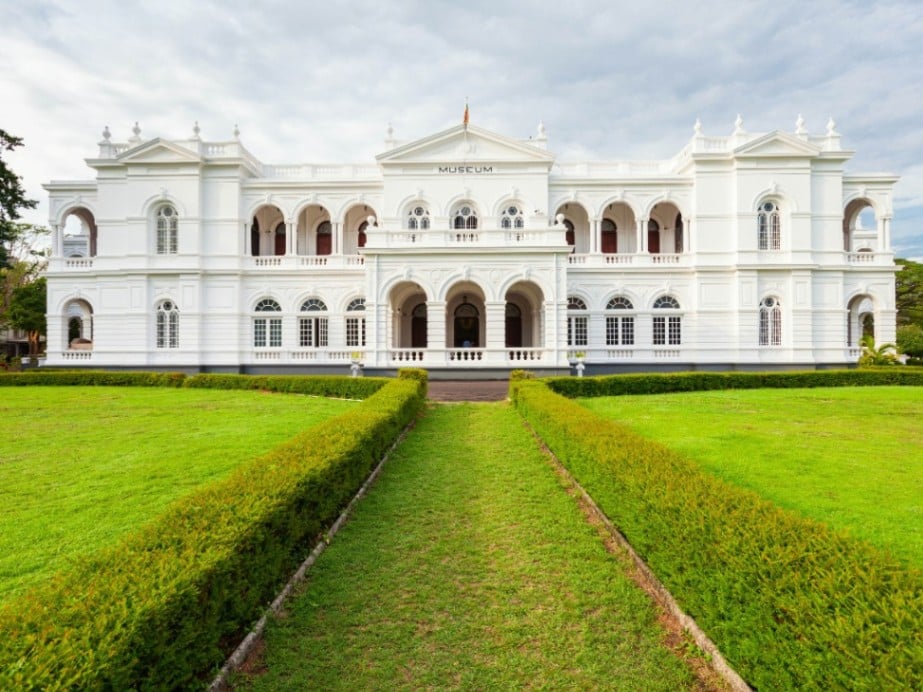
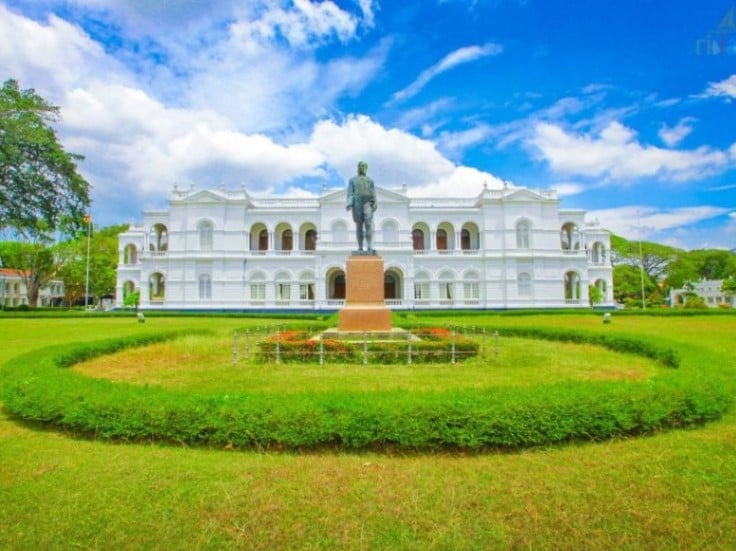
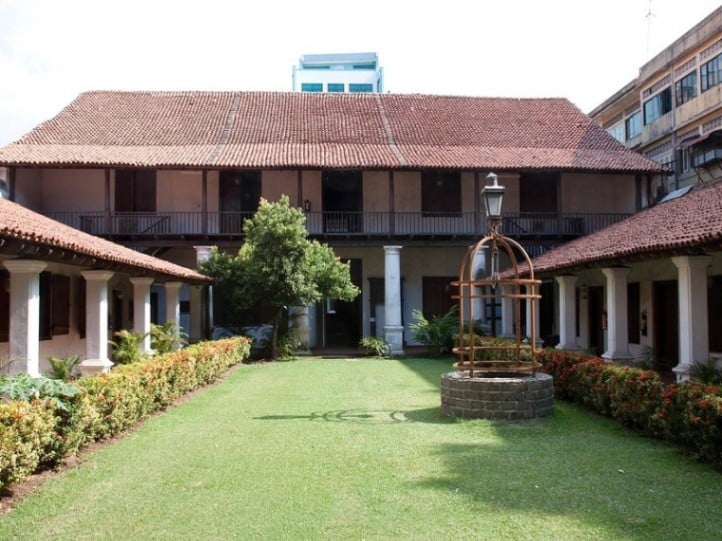
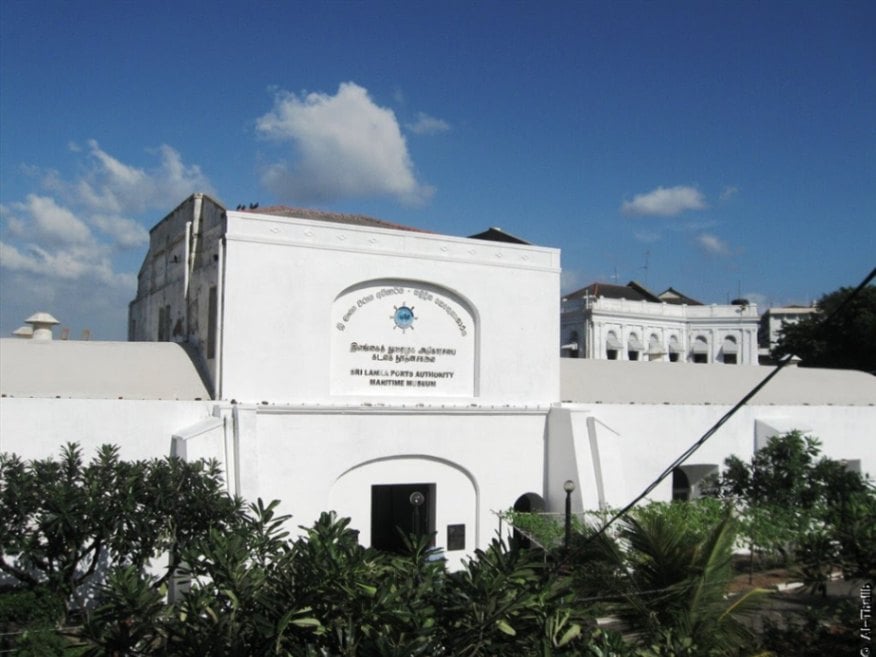




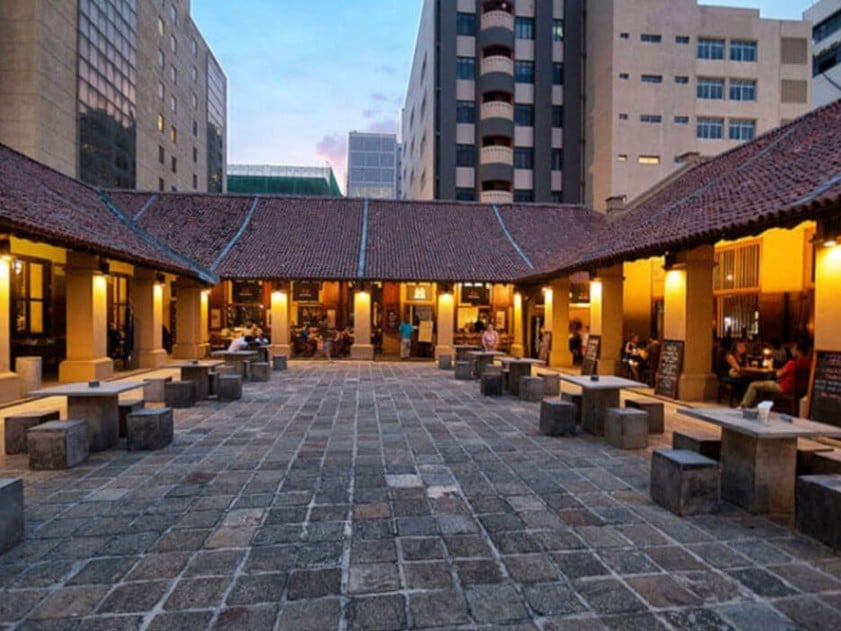

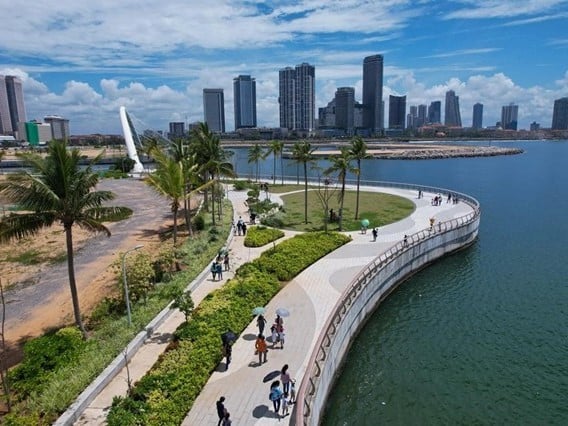

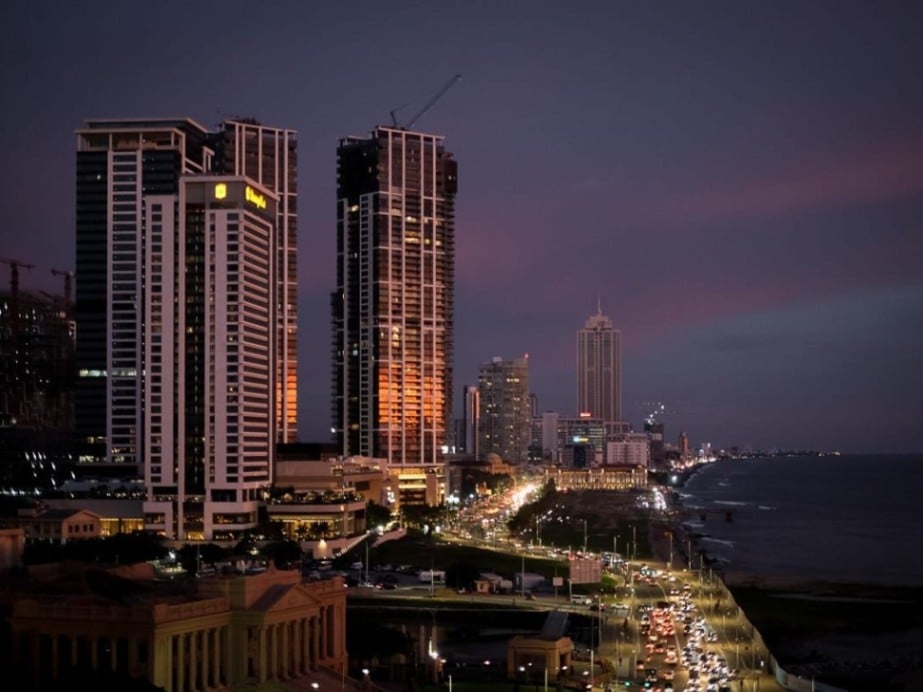
December to March for pleasant weather.
Use tuk-tuks or ride-hailing apps for convenience.
Light, modest clothing is best, especially when visiting temples.
Keep an eye on your belongings in crowded areas.
A friendly smile goes a long way; respect cultural and religious sites.
With Travelyonka, your Colombo journey becomes a truly memorable experience.
Developed by
